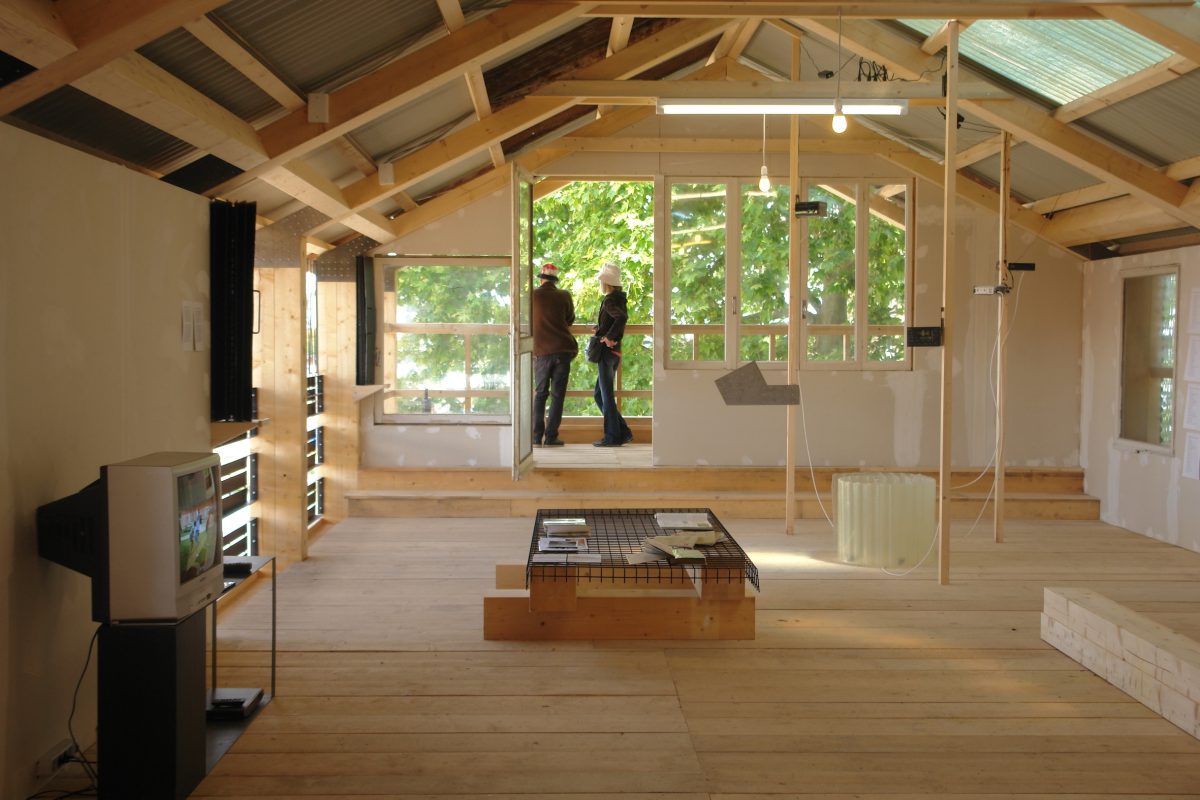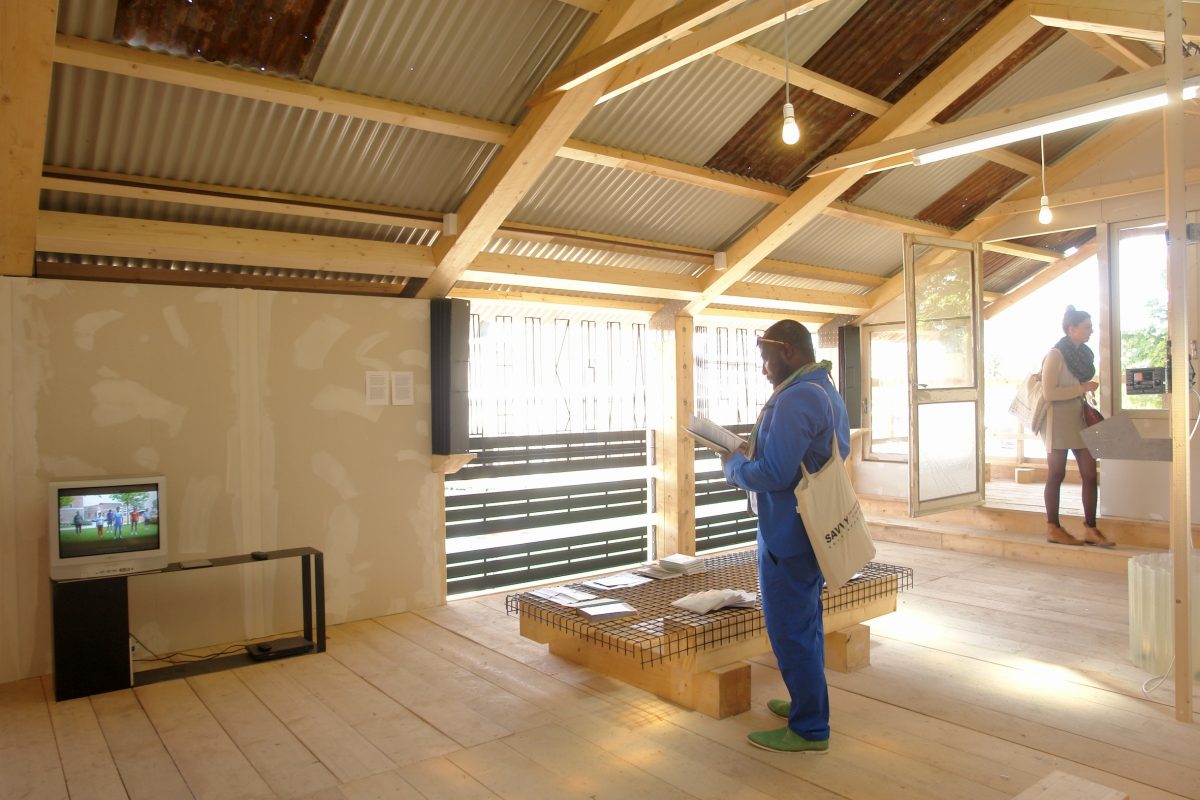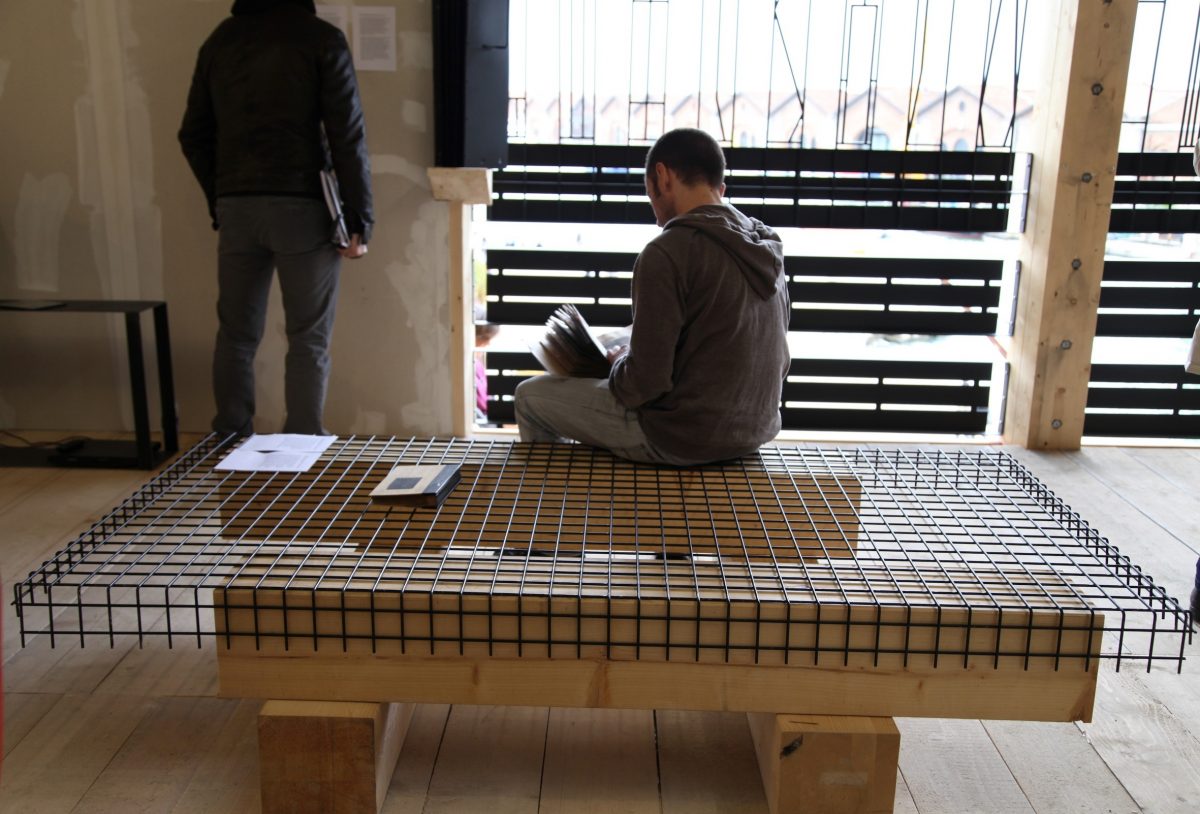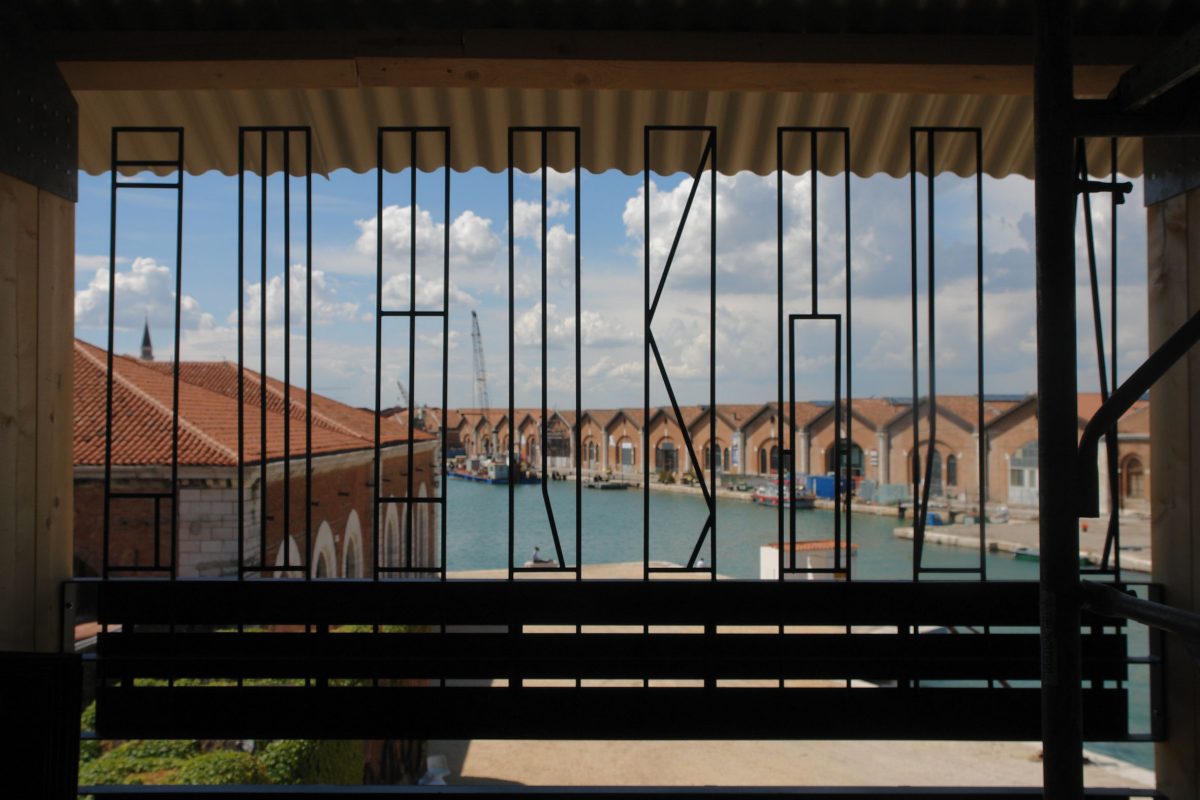
- This event has passed.
The Pavilion of Georgia at the 55th International Art Exhibition – la Biennale di Venezia will be a parasitic extension to an old building in the Arsenale. This informal structure called a “kamikaze loggia”—characteristic of Tbilisi—will be designed by the artist Gio Sumbadze, who is a researcher of these architectural additions. Vernacular extensions of modernist buildings have been created since the 1990s as an organic response to the new, “lawless” times after the fall of the Soviet Union. They increase the living space and are usually used as terraces, extra rooms, open refrigerators, or—as in Sumbadze’s case— an artist studio. It is said that a Russian journalist named them “kamikaze”, drawing a parallel between the romantic and suicidal character of such endeavour and the typical ending of most Georgian family names “- adze”. This architecture also refers back to the local palimpsestic building technique, which since the Middle Ages, allows new houses to be built on top of existing ones on the steep slopes of the Caucasus Mountains: thus not monumentalising the past, but expanding on it for the future.
This year the Pavilion of Georgia will take the form of a kamikaze loggia hosting an exhibition of the artists Bouillon Group, Thea Djordjadze, Nikoloz Lutidze, Gela Patashuri with Ei Arakawa and Sergei Tcherepnin, and Gio Sumbadze. The exhibition will take as its point of departure the creation of such informal architecture, a manifestation of the refusal of dominant structures, in order to incorporate provisional liberty, local self-determination, and acknowledging while also building upon the infrastructural legacy of Soviet master plans. The exhibition aims at presenting the extraordinary range of informality, bottom-up solutions and the concept of self-organization in Georgian art and architecture. Through its performativity, the exhibition will attempt an overview of the potential of shared knowledge present in adaptations, subversive strategies, the shadow economy, and in exploring ways of bypassing regulations. Looking at local examples of self-initiated environments—e. g. kamikaze loggias, “euroremonts”, “beautifications” or modifications of the Soviet heritage—the project will seek to examine their anticipatory, critical and often progressive potential: one comprising multiple secondary uses and sustainable, self- organising parallel policies present in the cultural discourse of today.
During the opening days the artists will be using and adopting the space of the pavilion in a series of staged, performative situations and choreographed sequences both inside the loggia and outside in the Arsenale. The aim of the exhibition Kamikaze Loggia is to cast a critical and progressive look at the social, political and ideological aura of the last twenty years in Georgia as well as the condition of contemporary art and architecture within it — thus introducing an artistic scene of a country that sometimes is described as “Italy gone Marxist”.





